Open and Accurate Air Quality Monitors
We design professional, accurate and long-lasting air quality monitors that are open-source and open-hardware so that you have full control on how you want to use the monitor.
Learn MoreLagos has set an ambitious target: to reach net-zero carbon emissions by 2050. As part of this long-term vision, the city is beginning to build one of Nigeria’s first air quality monitoring networks. LAMATA, the Lagos Metropolitan Area Transport Authority, was awarded funding from the Energy Policy Institute at the University of Chicago (EPIC) to install 30 low-cost monitors across major transport hubs and busy roads. These monitors provide real-time air quality data and are intended to guide stronger policies, including stricter vehicle emissions standards and tighter air quality regulations.
So, when LAMATA reached out to us with an interest in our monitors earlier this year, we were immediately intrigued. Their goals aligned well with our own mission, and it was clear that this was an opportunity not just to contribute monitors, but to be part of a broader effort shaping how air quality is understood and addressed in Lagos.
We’ve now been working together for several months, and LAMATA has already deployed a network of AirGradient monitors across Lagos. The data from these sites is shared publicly, both on our own map and through OpenAQ, giving researchers, policymakers, and residents real-time access to information about the city’s air quality. It’s exciting to see how quickly the collaboration has turned into something concrete and visible.
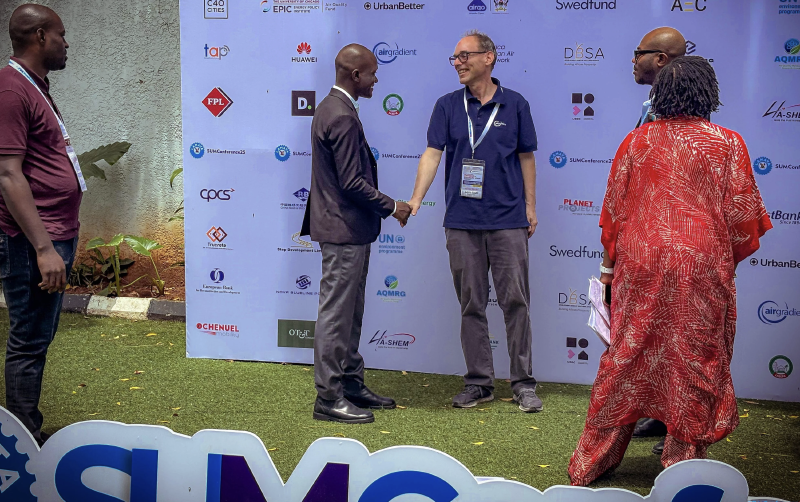
In May, we had the chance to meet some of the LAMATA team in person at the Air Sensors International Conference (ASIC) in Bangkok. Up until then, our conversations had mostly taken place over email and Zoom, but meeting face to face was something entirely different. From the very first conversation, it was obvious how deeply committed they are to improving the quality of life in Lagos. Their focus wasn’t just on running a project, but was about building a healthier, cleaner future for millions of people.
What struck us most was the attitude with which they approach their work. Every discussion came back to the same core motivation: how to make measurable improvements in Lagos’ air quality. Their focus, energy, and work ethic stood out, and it was clear they weren’t just there to represent a project but rather they were fully invested in making a difference and working towards a cleaner future.
At the conference, the LAMATA team quickly managed to convince Achim that he needed to attend an upcoming event in Lagos. The conference was to be hosted by LAMATA themselves, and the theme was “sustainable urban mobility.” While it wasn’t directly focused on air quality, the way they spoke about it made it impossible not to be interested. Their motivation and dedication were clear, and we felt it would be a great chance not only to learn more about their work but also to introduce ourselves in a setting that brought together many important conversations about the future of Lagos.
Soon after Achim confirmed his attendance, I was also invited to join. For me, it felt like an opportunity I couldn’t turn down. Not only was it my first chance to get to learn about air quality in the African context, but it was also a chance for me to meet more of their team on their own ground, and better understand how air quality and mobility fit together in a city as dynamic and complex as Lagos.
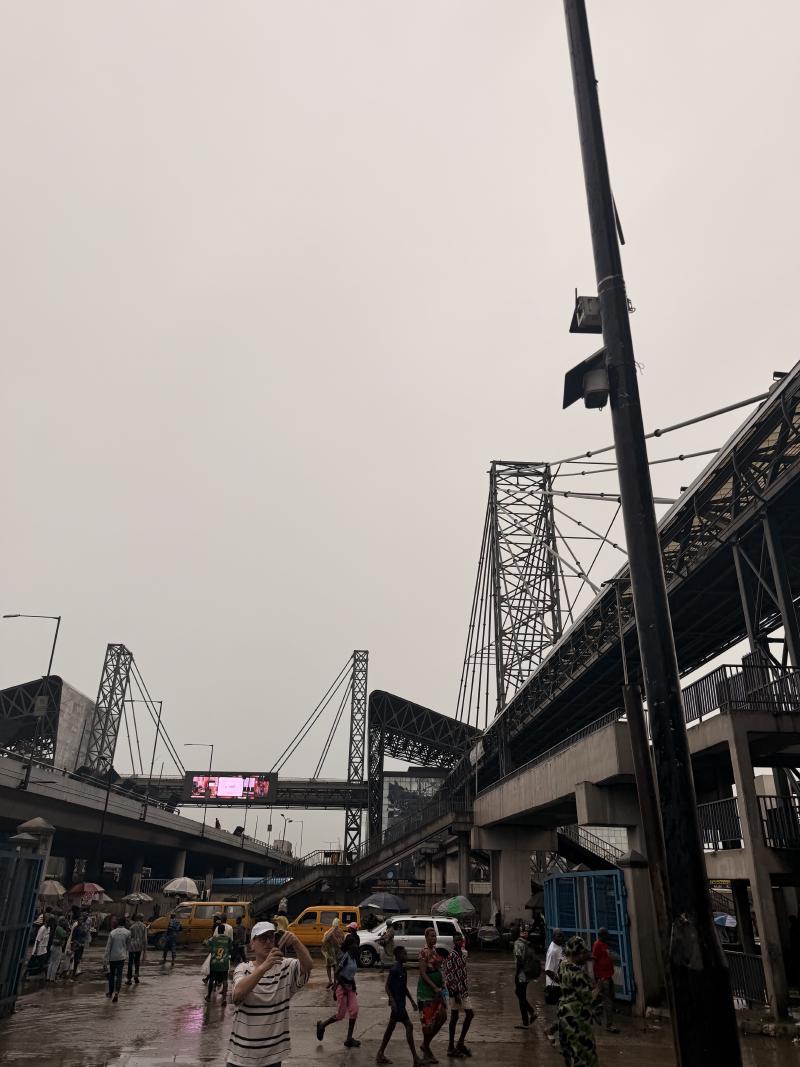
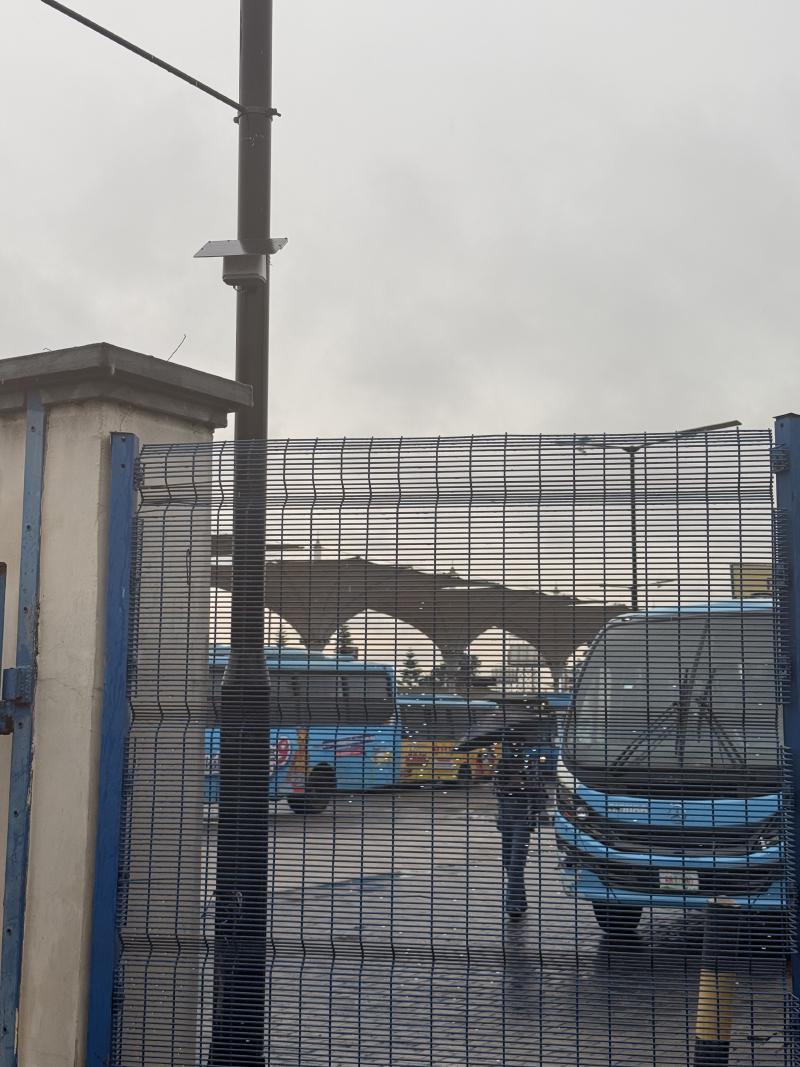
With our attendance confirmed, last Monday Achim and I departed and began our journey to the conference. After more than 16 hours of flying from Bangkok to Lagos, we finally arrived, and, that morning, we went straight into the city. On our first day, we visited the LAMATA headquarters, where the team welcomed us and took us on a short tour of the area.
Throughout the morning, we had the chance to see a few of their monitoring sites in action. While we didn’t have time to check out all of the monitors, we did get the chance to see two of the 15 AirGradient Max units already deployed across Lagos. Both of these are placed at major transport hubs like bus stations, where they can capture the impact of traffic and track how emissions change as the city gradually introduces more electric vehicles.
While we would have loved to have explored the city some more and to see more deployment locations, the long journey had taken a toll on us and, in the afternoon, we headed back to the hotel to rest and to prepare for the conference coming in the next few days.
The next morning, we made our way to the venue to set up our booth. After seeing the monitors in action around the city, it felt fitting to now be in a room full of people discussing what sustainable urban mobility could mean for Lagos. Between the booths, visitors, and speakers, there were people from all walks of life in attendance. Policymakers, transport experts, academics, and business leaders all gathered with the focus of ensuring that Lagos has a cleaner future.
On the second day, Achim presented on the topic of how low cost air quality monitors are revolutionising urban transport emission monitoring. It was exciting to see the interest from attendees, many of whom were keen to understand how air quality ties into mobility and climate goals, even though the conference theme wasn’t directly centered on air pollution,
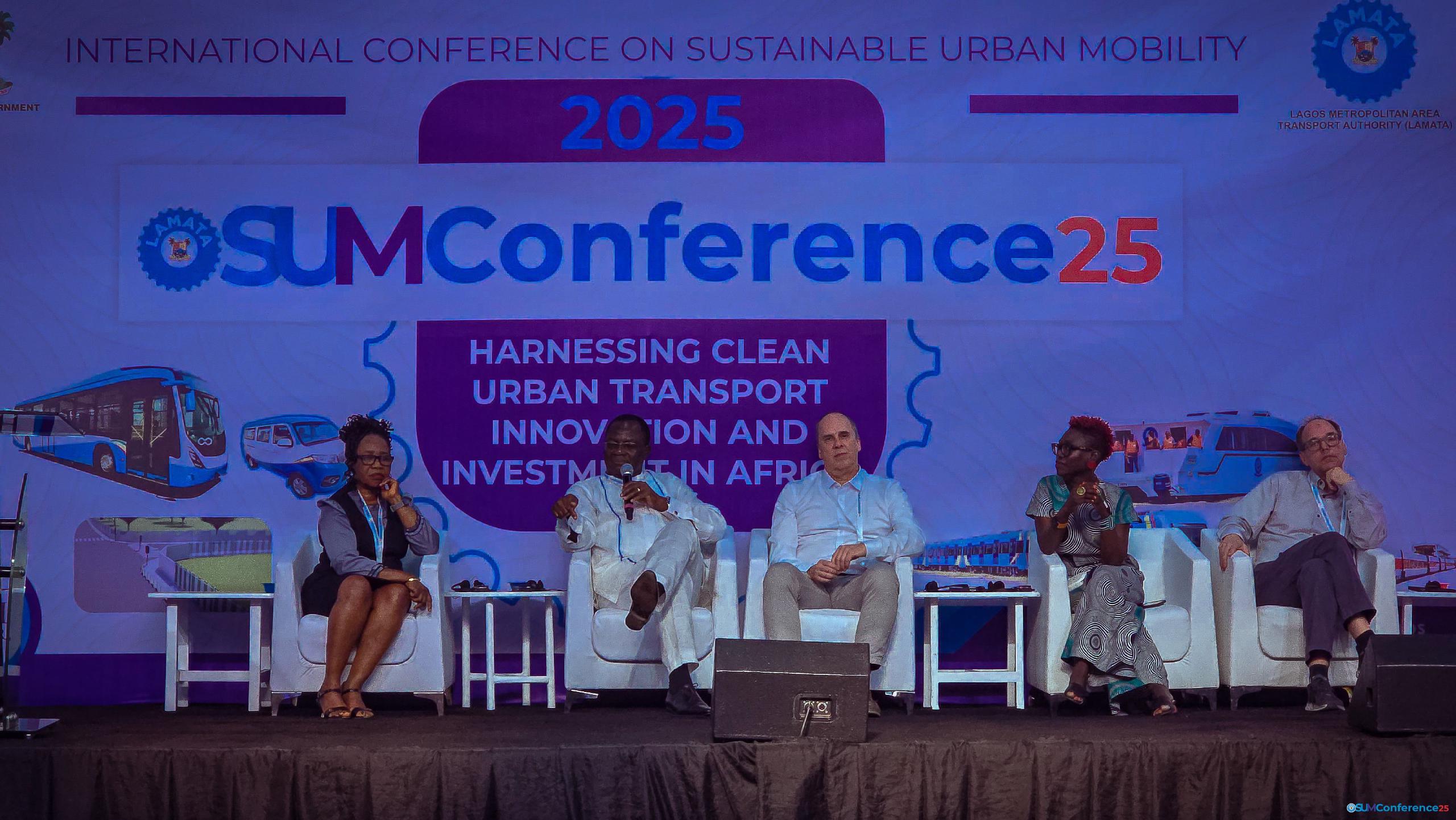
In between the sessions, we had the chance to speak with a wide range of people working on everything from bridge construction to the heads of transport for major Nigerian cities like Lagos and Abuja. What struck me most was how seriously everyone approached the challenge. While Lagos may be early in its journey towards net-zero carbon emissions and air quality monitoring, there was a very clear interest and lots of motivation to make the city a healthier place for its inhabitants.
While I had the opportunity to listen to a variety of presentations and I certainly learnt a lot, the most interesting presentations to me were from Dr. Babatunde Ajayi (LASEPA) and Prof. Tolullah Oni (UrbanBetter). Dr. Ajayi discussed air quality emissions inventories, and Prof. Oni discussed harnessing participatory monitoring and mapping for precision advocacy (you can read more about UrbanBetter here - I highly recommend learning about their fantastic advocacy).
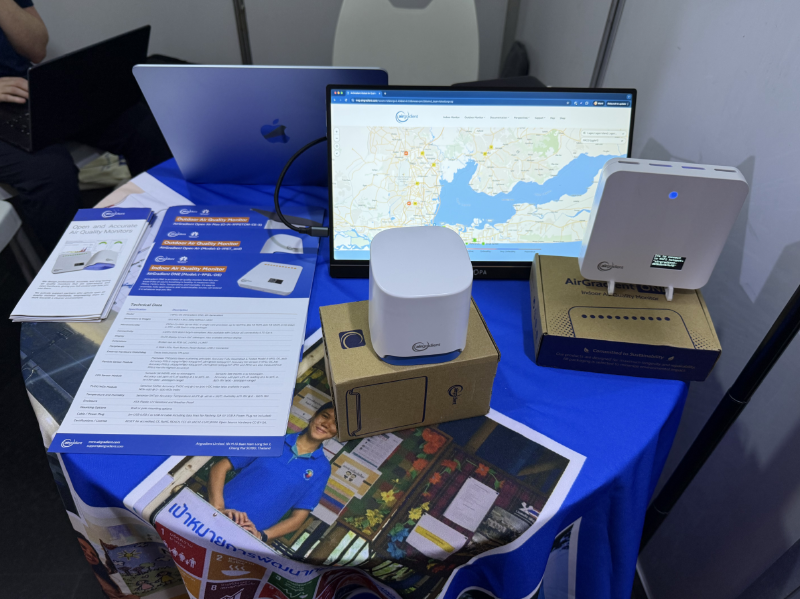
With everything going on, the end of our two and a half days at the conference rapidly approached and before we knew it, we were on our way back to Murtala Muhammed International Airport to begin our journey back to Bangkok. If there’s one thing that Achim and I agreed on, it’s that our stay in Lagos was too short.
It sounds cliche, but looking back, the trip to Lagos felt like more than just attending another conference. It gave us the chance to see firsthand how LAMATA is approaching the challenges of mobility and air quality, and how determined they are to create a healthier future for the city. Meeting their team on their own ground, seeing the monitors in action, and hearing the conversations around sustainable transport gave us a much deeper appreciation for the scale and the urgency of the work being done. Perhaps above all, their dedication to the cause was truly inspiring.
We’re very grateful to LAMATA for the invitation and for the opportunity to share our work at SUM Conference 25. In particular, we would like to thank Abimbola Akinajo, Oluwole Alfred, and Ayodipupo Quadri for their amazing hospitality. Our wonderful trip to Nigeria was made possible by you, and we want to extend our heartfelt thanks for inviting us to participate in your conference. We’re excited to continue supporting their efforts where we can. Lagos has set itself an ambitious target for 2050, and it’s inspiring to see the people working every day to make that vision a reality.
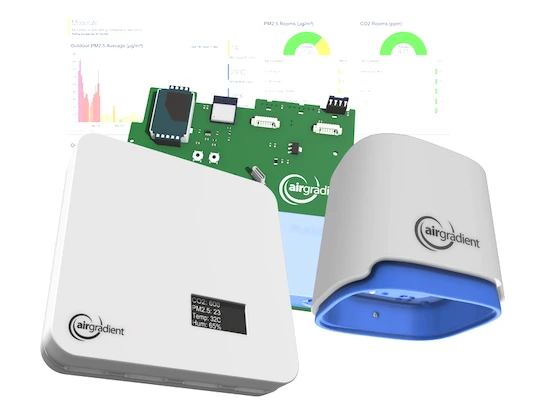
We design professional, accurate and long-lasting air quality monitors that are open-source and open-hardware so that you have full control on how you want to use the monitor.
Learn MoreCurious about upcoming webinars, company updates, and the latest air quality trends? Sign up for our weekly newsletter and get the inside scoop delivered straight to your inbox.
Join our Newsletter